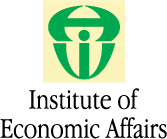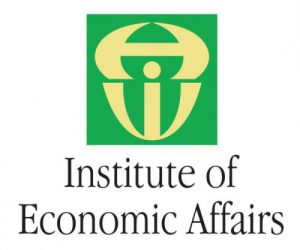
Motivation & Policy Considerations in adopting… (Part Two)
As earlier introduced in part one, according to the International Water Management Institute (IWMI), Irrigation Management Transfer (IMT) refers to the process that seeks the relocation of responsibility and authority from the controlling government agencies managing irrigation systems into the hands of non-governmental organizations such as Water Users Associations (WUA) or other private sector entities. This article will identify the motivation behind governments, financing institutions, technical experts and even farmers in promoting IMT, the current legal environment surrounding IMT in Kenya and recommended policy and legal basis for IMT.
The International Water Management Institute identified five major reasons that motivate governments and other stakeholders in the agricultural sector to promote IMT. These include:
- The ability of IMT to reduce the burden of costs, staff requirements and technical or management problems faced by governments. Although in the beginning, IMT may increase the cost of irrigation for farmers, it is expected that farmers’ organizations will impose more cost-effective measures and that over time the productivity of systems will increase more than their costs for farmers. Thus the most commonly stated reasons for adopting a policy of IMT are to reduce financial and managerial burdens on government and to stimulate a more productive and self-reliant irrigated agriculture.
- IMT will lead to improvements in the agricultural productivity and economic profitability of irrigation systems because this is the core concern of farmers whereas it may not be an essential concern of bureaucracies. Farmers will be inclined to manage irrigation systems so as to increase the area irrigated, cropping intensities and/or crop diversity, yields and economic returns.
- An IMT system will motivate farmers to pay more for their irrigation system because they will be empowered to take over the authority to define what their irrigation services will be, who will provide them, and how and at what costs these will be provided.
- Because of farmers’ interest in results, governance by farmers’ organizations will improve the accountability of irrigation system management to farmers and this will produce more efficient and equitable water delivery, canal maintenance and settlement of disputes.
- Collective organization for irrigation management will probably produce collective action in related areas such as in the group purchase of agricultural inputs, development of agribusiness ventures and marketing. It is expected that this large collective action will promote the development of more responsive support services and will create pressures to ensure more reliable provision of water to the system.
The concept of IMT is not new in Kenya. The implementation of the system in Kenya was initiated at West Kano irrigation scheme in the western region of the country. However, due to the lack of a clear policy framework, high water cost and environmental challenges the system failed and buoyed the morale of farmers. The Irrigation Bill of 2017 Part 1 Section 2, which provides for the definition of IMT, is the only piece of information that talks about IMT although Part 5 Section 19 (2) and Section 20 (1) (3) discusses the formation and composition of Water Users Associations (WUA) which are critical components of IMT. The need for research and implementation of adequate and
appropriate policies to support IMT in Kenya will go a long way in turning around the performance of irrigation schemes in Kenya.
IMT policies can be adopted in a number of ways including by sectoral line agency, by the head of state executive order, by an act of parliament or the legislature or by a cross-sectoral department. It’s important to emphasize that a clear IMT policy highlights which functions are to be devolved. Key functions to consider include: operations, maintenance, finance Operations and Maintenance (O & M), sanctions and dispute resolution, cooperative business development and finance rehabilitation and modernization. Another area in which policy guidelines need to clarify is the level of implementation of authority from a public entity to the private stakeholders. This can take different forms including IMT being implemented up to the distributary or secondary canal level or the entire irrigation system including the head works or the main and branch canals. In addition, the type of organization taking over the management of an irrigation scheme after the transfer is a key policy issue for IMT.
Depending on a country’s assessment and research, the type of organization to take over the
management could be in the form of Water Users Association (WUA), a mutual company, local government, joint government/ farmer committee or a limited responsibility entity.
In conclusion, complexities can arise in the implementation of IMT. Important considerations include agency staff displacement, managerial or financial capacity of the government, financial and governance capabilities of farmers, availability of alternative management capacity and fragility of the infrastructure. Therefore, all stakeholders need to be aware of their responsibilities and obligations if IMT is to produce the desired outcomes.
“Globally Minded.”
“Courage to Go Deep.”



